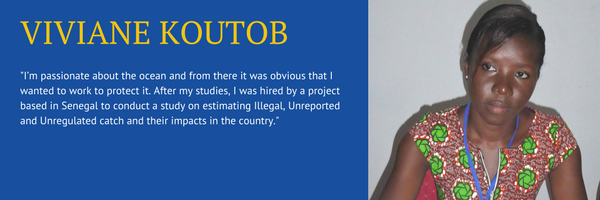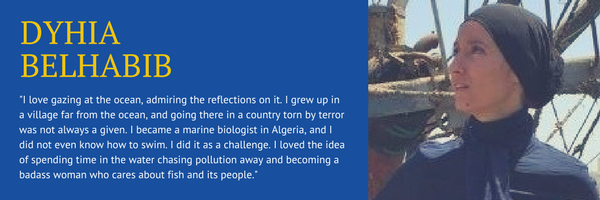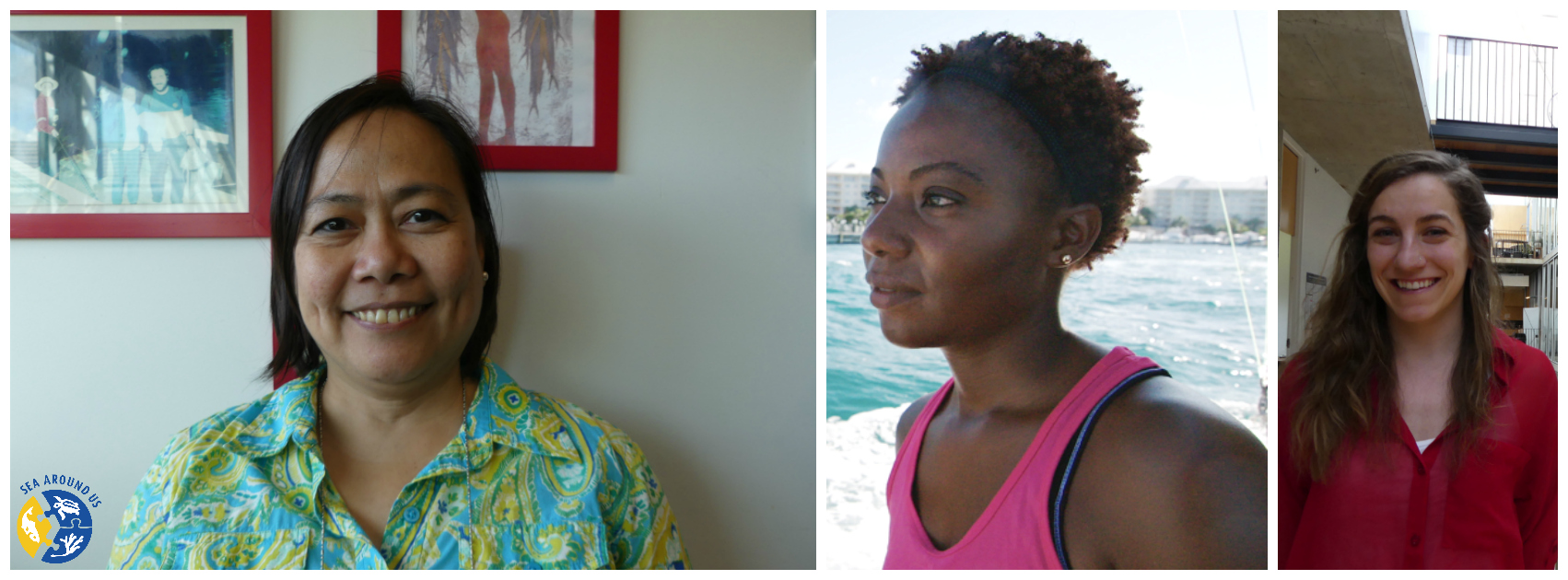
As many of our readers know by now, the Sea Around Us’ website hosts a publicly accessible database that covers the fisheries of all maritime countries and territories of the world, from 1950 to 2014, and is regularly updated.
This database is founded on the reconstructions of countries’ historical catch data that are generated by over 300 scientists from around the world.
Their work builds on the statistics reported annually by the Food and Agriculture Organization of the United Nations on behalf of member countries but overcomes its deficiencies by providing comprehensive data on unreported catches and unreported discards. All data are spatially meaningful as they are presented, for example, by the Exclusive Economic Zones of each country and territory on the planet, and by fisheries sector (industrial, artisanal, subsistence and recreational). Neither of this can be provided by FAO.
In simple terms, catch reconstructions are estimates of all withdrawals from marine ecosystems based on 1) catches back to 1950; 2) information from all sectors; 3) national data or other information complementing the data submitted by countries to the FAO or other international bodies.
Out of the hundreds of scientists involved in this research effort, over 35 per cent were women. Furthermore, they produced 80 per cent of the reconstruction reports.
On World Oceans Day, we want to highlight the work and success of these women who are committed to producing evidence-based research on how much fish we are taking out of the ocean, and who believe in the importance of freely sharing such knowledge with both the scientific community and the public.
If we were to list all of them, this post would be many pages long. Thus, we’ve invited a representative sample of scientists to share both their life stories and some of the things they’ve discovered while working on the Sea Around Us’ reconstructions.
They are:
Deng Palomares, in charge of The Philippines and the sub-Antarctic islands reconstructions, as well as the integration of all the other reconstructions into the Sea Around Us database as its Database Manager. Furthermore, Deng coordinates all research activities of the Sea Around Us as Senior Scientist and Project Manager.
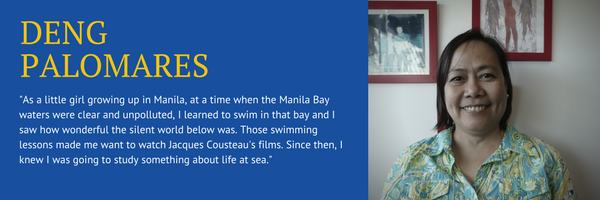
Lincoln Hood, in charge of assisting with the updating to 2014 of catch reconstructions for Vanuatu, Atlantic Canada, Aruba, and Costa Rica. She also worked on verifying data for other catch reconstruction updates.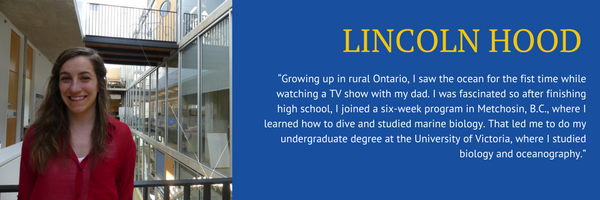
Dyhia Belhabib, in charge of 24 reconstructions for North and West Africa, as well as for other countries as both a lead researcher and a coordinator.
Dalal Al-Abdulrazzak, in charge of reconstructing catches for the countries of the Persian Gulf.
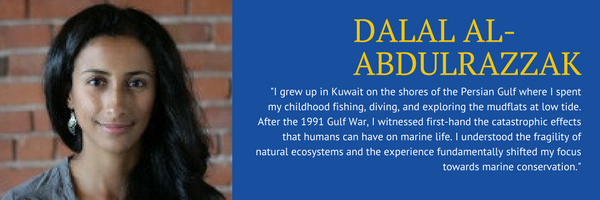
Vicky Lam, in charge of verifying the reconstructed catch data from each country, compiling the reconstructed catch data from each country into the global catch database, and managing the global fishing access database. Vicky also connects and links the Sea Around Us project and data to the global Nereus Program.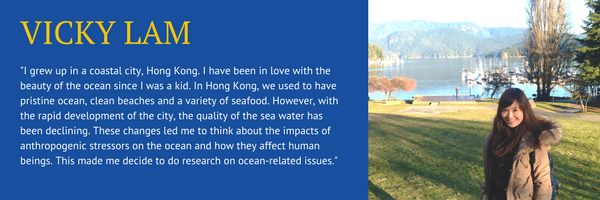
Nicola Smith, together with Dr. Dirk Zeller, was in charge of reconstructing fisheries catches in The Bahamas and estimating tourist demand for local fish.
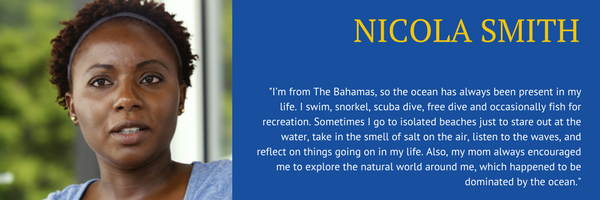
Brittany Derrick, in charge of updating pre-existing catch reconstructions for 2011-2015. She has also worked on verifying data for catch reconstruction updates.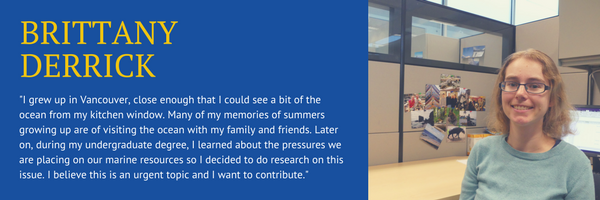
Margaret Mary McBride, in charge of the taxonomic disaggregation and catch data update for all marine fisheries catches in Mozambique.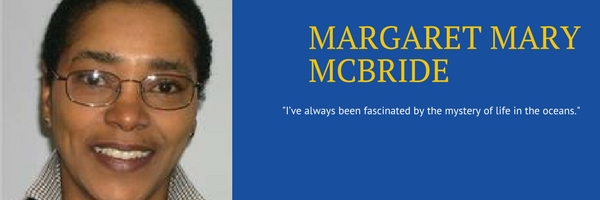
Viviane Koutob, in charge of collecting and compiling data or West Africa, interviewing fisheries authorities, and working on estimation methods with a focus on illegal fishing estimation.